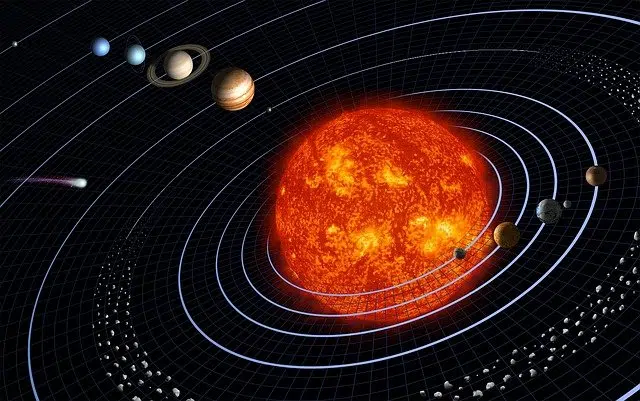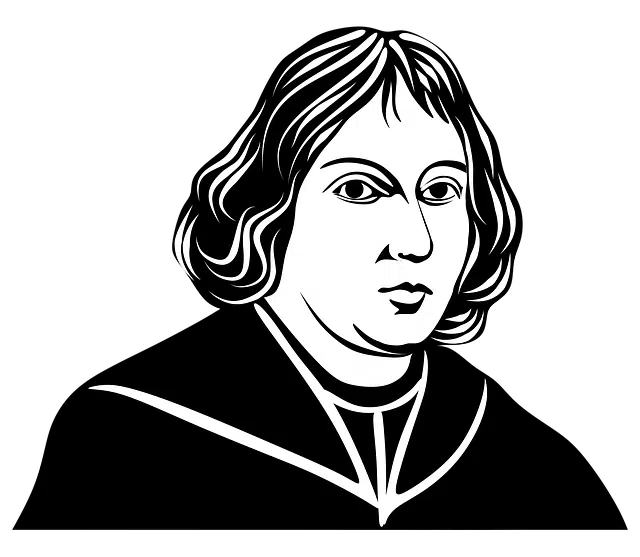
Heliocentrism places the Sun at the center of the universe.
The concept of heliocentrism alludes to the theory that, in the 16th century , the Polish Nicholas Copernicus postulated. According to this astronomer and religious, the Sun is the center of the universe .
The first heliocentric ideas were postulated by Aristarchus of Samos in the 3rd century BC . At that time, the philosopher and mathematician Philolaus , one of the followers of the movement founded by Pythagoras of Samos , proposed a model opposite to the geocentric one, according to which there was a "central fire " in the universe that served as an axis for the rotation of the universe. planets (including ours), the Moon and the Sun. The movement carried out by the bodies according to this theory was uniform circular.
Philolaus' model
In other words, the system postulated by Philolaus spoke of an antiworld collinear with our planet and the central fire, which had the same period of revolution. The Sun's rotation around said fire took a year, while the rest of the stars remained motionless; The Earth, for its part, always hid the same side, and this explained why we could not see the central fire.
However, they did not obtain support from the scientific community. Only in the Renaissance , Copernicus presented the model of a heliocentric system that was well received.

Nicholas Copernicus is considered the father of heliocentrism.
Historical development of heliocentrism
Based on observations made by Galileo Galilei with his telescope, Johannes Kepler expanded Copernicus 's heliocentric model. Thus, geocentrism , a theory opposed to heliocentrism that placed the Earth at the center, was put aside. In any case, over the years Edwin Hubble and other experts discovered that the Sun was part of a larger complex: the galaxy . In turn, the existence of billions of galaxies was demonstrated.
The scientific changes that Copernicus achieved by postulating heliocentrism are known as the Copernicus revolution , Copernican revolution or Copernican turn . This revolution , therefore, represents the transition from geocentrism to heliocentrism as an explanation of the organization of the universe.
The position of the Sun
Gradually, it was determined that the Sun is not the universal center either, but rather it is just one star among many more. Giordano Bruno was one of the mathematicians and astronomers who most insisted on this issue, already fully accepted by science despite the fact that many people still mistakenly believe that the Sun revolves around the Earth .
This conception, which most human beings consider erroneous, does not arise in an arbitrary and capricious way either: it is enough to stop to observe the sky for a while to have the sensation that the clouds, the Sun and the Moon revolve around us, and not everything. This is incorrect, since the wind moves the clouds and the Moon actually orbits the Earth. However, this theory can be dismantled in a few seconds by including in the conversation the large number of discoveries that scientists have made over the centuries or, perhaps, the millennia that we have inhabited this planet.
One of the "details" that begins to fracture the theory that all bodies revolve around the Earth is the inconsistency in the rising points of the Moon and the Sun throughout the twelve months that make up the year. We can also point out that certain planets and stars can only be seen at certain times of the year, and that some of them appear to have changed direction with respect to the others. In short, heliocentrism is far from being a whim or a theory that can only be verified by traveling to outer space, but can be supported through patient and sensible observation of the sky.
